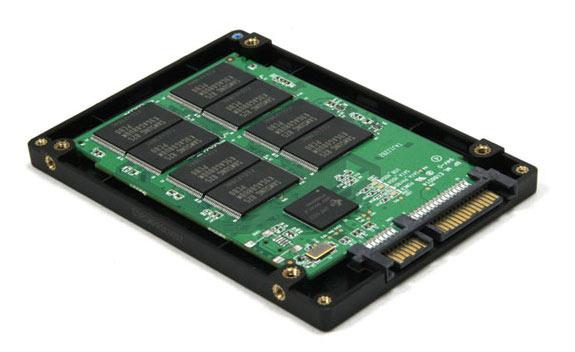- Related articles
- What Is Pipeline Fiber Optic Cable?
- What is 100BASE FX?
- Optical Transceivers for Cisco SF302-08PP-K9-EU Switch
- All Cisco DWDM-XENPAK-56.55's information (List price, Specs, Datasheet PDF, Compatibility
- Optical Transceivers for Cisco WS-C3650-48TQ-L Switch
- What is multi-mode and single-mode fiber?
- Optical Transceivers for Cisco WS-C3650-48PQ-S Switch
- Optical Transceivers for Cisco SG250-26P-K9-EU Switch
- All Cisco SFP-10G-LR’s Information ( Overview, Features, Datasheet PDF, Price, Specificati
- What is the use of a PCI card?
Recommend tag

The Difference between PCI Express SSD and SATA SSD
2017-02-18
A solid-state drive, or “SSD”, is much faster than a traditional hard disk drive (or “HDD”). SSDs have been around for a while, but a new breed of SSD, called PCIe SSDs, are slowly starting to rise. But how are they different than normal SSDs?
SSDs use internal flash chips to house your files, while HDDs use a physical, spinning disk to keep everything contained. The benefits of SSDs over their older HDD counterparts are numerous, including a more compact size, lower power requirements, and much faster speeds across the board–which means your computer, will boot and launch programs faster. But PCIe SSDs take it a step further, by using one of the highest bandwidth channels in your PC for blindingly fast speeds.

PCIe
PCIe, which stands for Peripheral Component Interconnect Express, is a high-speed expansion card format that connects a computer with its attached peripherals. PCIe has a point-to-point architecture. This means that each device connects to the host with its own serial link and does not have to share a bus.
In general, PCIe-based solid-state storage has better performance than server-based SATA, SAS or Fibre Channel (FC) solid-state drives because of the direct connections. This makes it a good choice for applications that have intensive input/output (I/O) requirements, such as online transaction processing and data warehousing.
Difference between PCI Express SSD and SATA SSD
Most SSDs today are based on the Serial ATA (SATA) interface format. The latest incarnation, SATA III, came out in 2009 and can read data at 6 Gb per second (or about 600 MBps); writes are a tad bit slower, but still much faster than a HDD, the fastest of which top out at around 120 MBps.
Due to the ubiquitous nature of SATA-based SSDs and SATA-compatible interfaces in computers, a SATA drive may be the best choice, says Doug Rollins, senior technical marketing engineer at storage device maker Micron.
One of the more interesting developments in the SSD market recently is the introduction of new drives that connect to servers and storage arrays through Peripheral Component Interconnect Express (PCIe).
What makes these drives so interesting is the fact that PCIe is essentially the backplane. By effectively bypassing the SATA or SAS controllers, PCIe drives basically plug right onto the backplane of the server, making speed is the big advantage held by PCIe SSDs over other types of SSDs.
Each PCIe Gen 3 lane can move data at speeds up to 985 MB per second, and some vendors are shipping 20-lane PCIe-based storage devices. That’s blistering fast, and is the main reason why PCIe-based SSDs are being called upon to serve data-heavy, low-latency content, like streaming video.
Summary
SSDs are having a big impact in how system architects build systems and how developers create applications. The big boost in IOPS they provide help to keep today’s fast CPUs continually fed with data. But selecting the right SSD is not as simple as it may appear.

TECHNICAL SUPPORT
Get solutions or consultation from the technical team.




































































